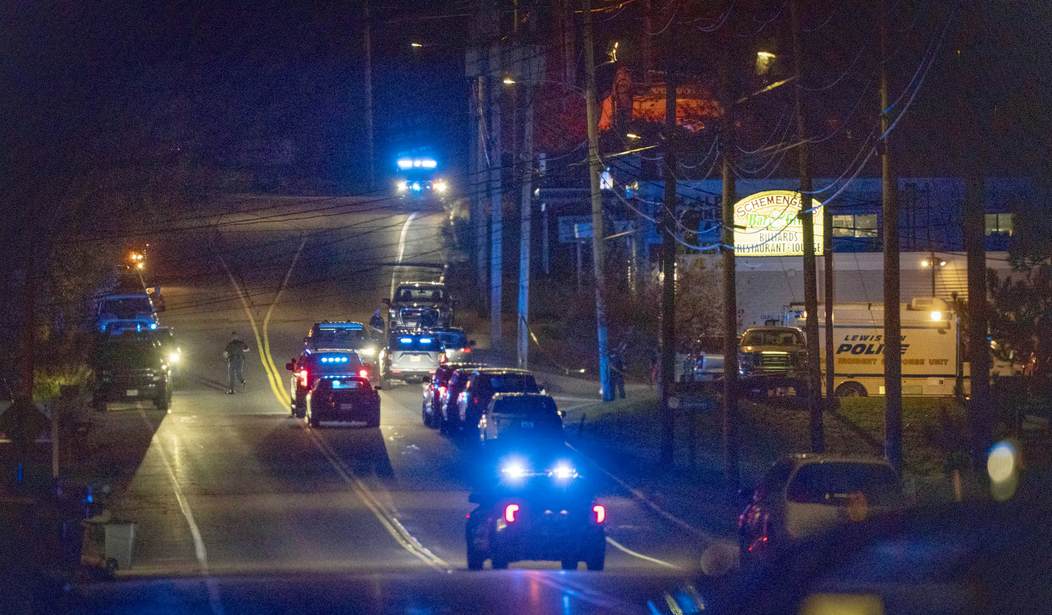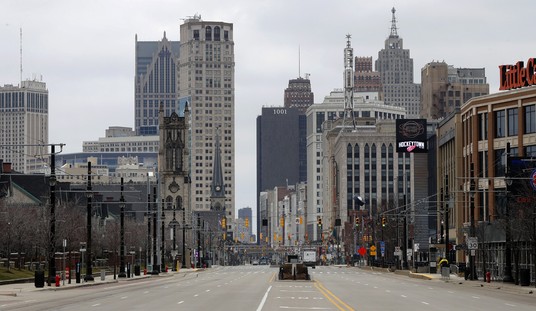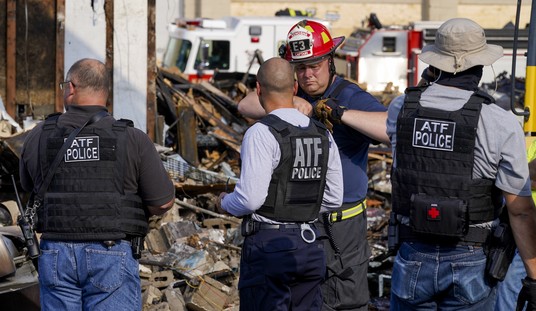We already know there were plenty of warning signs in the months before 18 people were killed and 13 others wounded in Lewiston, Maine last October. Both local law enforcement and the U.S. Army had been made aware of the deteriorating mental condition of the 40-year-old reservist who opened fire on patrons at a bowling alley and nearby restaurant. In fact, the killer spent several weeks in an Army hospital because of concerns about his mental health. He was never subject to either Maine’s civil commitment law or its “yellow flag” statute after his release, despite repeated warnings from his family and his best friend.
What we didn’t know, at least until now, was just how specific those warnings were. In an interview with the Associated Press, Sean Hodgson says he sent a text to the Army supervisor over both himself and the suspect, explicitly stating that he believed his friend was going to commit an act of mass violence.
“I believe he’s going to snap and do a mass shooting,” he wrote on Sept. 15.
Six weeks later, Card fatally shot 18 people at a bowling alley and a bar in Lewiston before killing himself. His body was found in a trailer after a two-day search.
“I wasn’t in his head. I don’t know exactly what went on,” Hodgson told The Associated Press last week in an exclusive interview, his first since the Oct. 25 shootings. “But I do know I was right.”
…
In September, Hodgson raised the most glaring red flag, telling authorities to change the passcode to the gate at their Army Reserve training facility and arm themselves if Card showed up.
“Please,” he wrote. “I believe he’s messed up in the head.”
But authorities declined to confront Card — the clearest example of the missed opportunities to intervene and prevent the deadliest shooting in state history. That’s hard to swallow for Hodgson, who’s pushing back against an independent report for law enforcement that described him as “over the top” and “alarmist.”
“I literally spelled it out for them,” said Hodgson, 43, referred to by only his last name in documents on the case. “I don’t know how clear I could have gotten.”
Hodgson was actually the person who drove his friend back to Maine after he was released from the Army hospital in July, and says they stayed in touch until September, when the killer “flipped out” behind the wheel of his car and punched Hodgson in the face. Two days later Hodgson sent his commanding officer the text warning of his friend’s deteriorating mental health. According to Hodgson his commander asked if there were specific individuals who had been threatened, but it’s unclear if there was any official followup on the part of the military.
Authorities briefly staked out the Army Reserve Center and visited Card’s home. They declined to confront him, fearing that would “throw a stick of dynamite on a pool of gas,” according to video released last month by the Sagadahoc County Sheriff’s Office.
In the videos, officials downplayed Hodgson’s warning, suggesting he might have been drunk when he texted at 2:04 a.m. Speaking to police at the training center, Army Reserve Capt. Jeremy Reamer describes Hodgson as “not the most credible of our soldiers” and later tells Sagadahoc Sheriff Sgt. Aaron Skolfield his message should be taken “with a grain of salt.”
Hodgson acknowledged some issues of his own in his interview with the AP, including “struggles with alcohol”, but maintains that he was sober when he sent the text message. Even if authorities wanted to dismiss Hodgson’s warnings, he wasn’t the only one who was growing increasingly concerned about his friend’s mental state, however, and there are still serious questions about why local officials never spoke face-to-face with the suspect or utilized existing laws like the civil commitment statute.
Anti-gun legislators and gun control activists are demanding a number of changes to Maine’s gun laws as a result of the heinous murders carried out six weeks after Hodgson’s warnings, from waiting periods on gun purchases to bans on so-called assault weapons. Even if those laws had been in place at the time of the attack, however, they wouldn’t have stopped the killer. There were already ample laws in place that could have been used to separate someone who posed a danger to himself and others from the public at large. The question remains: why weren’t they used when authorities had the chance?









Join the conversation as a VIP Member